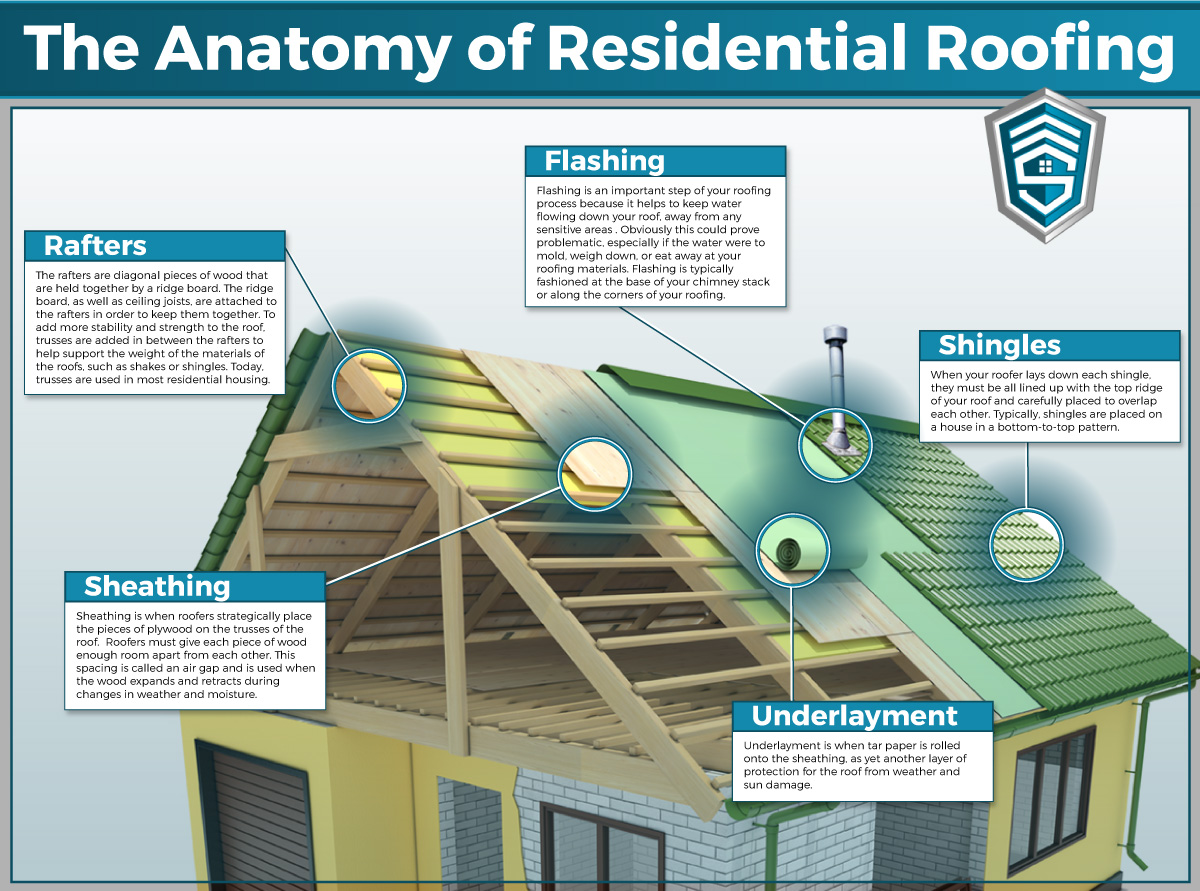An Intro To The Basics Of Solar Power Equipments And Their Functionality
An Intro To The Basics Of Solar Power Equipments And Their Functionality
Blog Article
Web Content By-Morin Haynes
So, you've become aware of solar panels and their possible to produce power from sunlight, but how exactly do they work? Understanding the detailed modern technology behind solar panels can be a remarkable trip into the world of renewable resource. From the basic principles of photovoltaic cells to the complex components that make up a photovoltaic panel system, there's a whole world of knowledge waiting to be explored. Allow's untangle the enigmas of solar panel modern technology together.
Solar Panel Innovation Fundamentals
To genuinely grasp the significance of photovoltaic panel modern technology, you have to explore the essential principles that underpin its functionality. Solar panels include solar batteries, commonly made from silicon, which have the exceptional capacity to convert sunshine into electrical power via the solar impact. When sunlight hits the cells, the photons in the light interact with the silicon atoms, creating the electrons to break free from their atomic bonds. This produces an electric current that can then be harnessed for powering numerous gadgets.
The essential component of photovoltaic panels is the semiconductors within the photovoltaic cells, which facilitate the conversion of sunlight right into usable electricity. These semiconductors have both positive and unfavorable layers, creating an electrical area that permits the flow of electrons.
This circulation of electrons, when attached in a circuit, creates direct current (DC) electrical energy. Understanding these fundamental principles is essential for valuing just how photovoltaic panels can harness the sun's energy to power homes, services, and even satellites precede.
Just How Solar Panels Generate Electrical Energy
Photovoltaic panel harness the sunlight's energy by transforming sunshine right into electricity via a process known as the photovoltaic or pv effect. When sunshine hits the solar panels, the photons (light particles) are absorbed by the semiconducting materials within the panels, generally made of silicon. This absorption produces an electrical existing as the photons knock electrons loosened from the atoms within the material.
The electrical areas within the solar batteries then force these electrons to move in a details instructions, producing a direct current (DC) of power. This straight current is after that passed through an inverter, which transforms it into alternating present (A/C) electrical power that can be utilized to power your home or service.
Excess power generated by the photovoltaic panels can be stored in batteries for later usage or fed back right into the grid for credit report through a procedure called net metering. Recognizing how solar panels create power is important to appreciating the ecological and cost-saving benefits of solar energy systems.
Comprehending Photovoltaic Panel Components
One essential aspect of photovoltaic panel modern technology is comprehending the different parts that make up a photovoltaic panel system.
The key parts of a photovoltaic panel system consist of the solar panels themselves, which are made up of photovoltaic cells that transform sunshine right into electrical power. https://www.nasa.gov/press-release/three-companies-to-help-nasa-advance-solar-array-technology-for-moon are installed on a framework, typically a roof, to catch sunshine.
Along with the panels, there are inverters that transform the straight existing (DC) electrical power generated by the panels into rotating existing (AIR CONDITIONING) electrical energy that can be used in homes or companies.
https://ecoflow-160w-solar-panel43198.dailyhitblog.com/36507964/look-into-the-domain-of-solar-motivations-and-figure-out-just-how-to-understand-cost-savings-that-will-absolutely-surprise-you consists of racking to sustain and place the photovoltaic panels for optimal sunlight exposure. In addition, cables and adapters are essential for transporting the power produced by the panels to the electrical system of a structure.
Last but not least, a tracking system may be included to track the performance of the photovoltaic panel system and ensure it's operating successfully. Recognizing these components is vital for any person seeking to install or use solar panel modern technology successfully.
Conclusion
Now that you recognize the basics of solar panel modern technology and how it works, you can value the power of using sunlight to generate tidy and renewable energy for your structure. By making use of the photovoltaic effect and components like inverters and checking systems, you can add to a much more lasting future while also possibly saving money on energy costs. Keep learning and exploring the opportunities of solar energy for a greener tomorrow.
